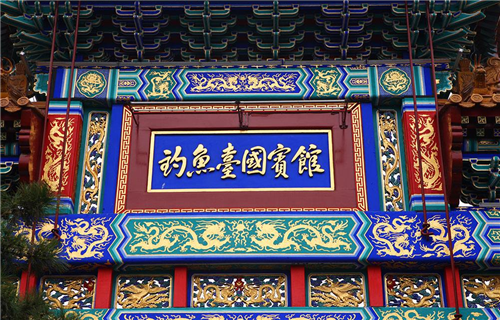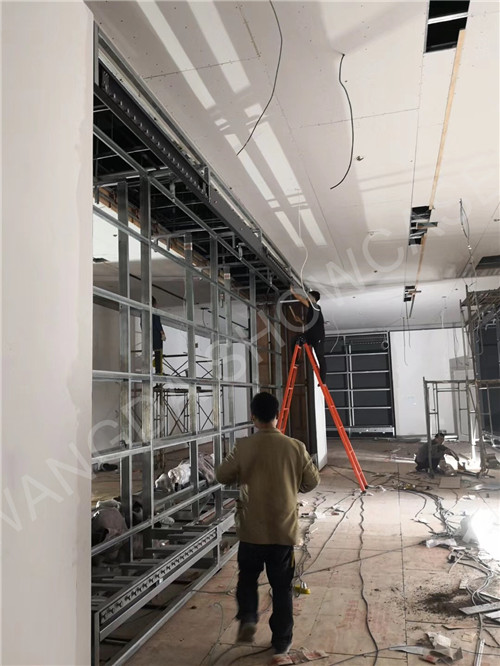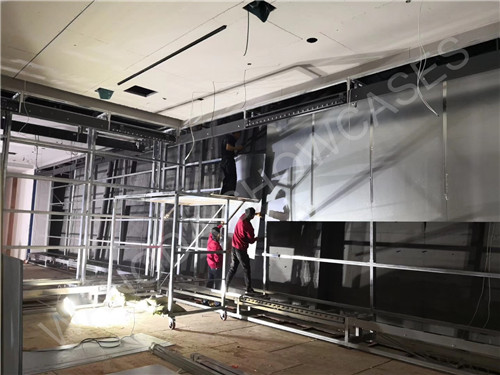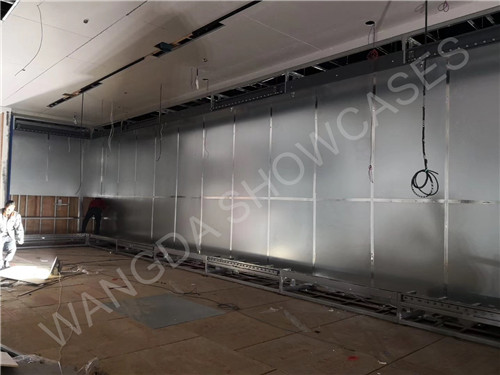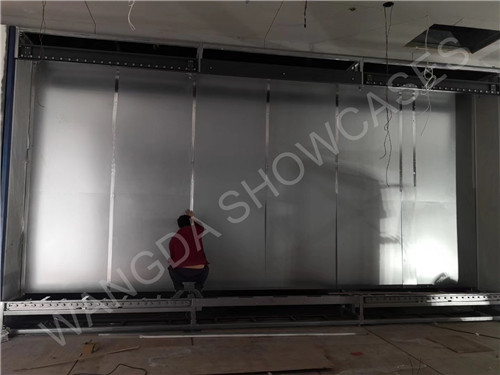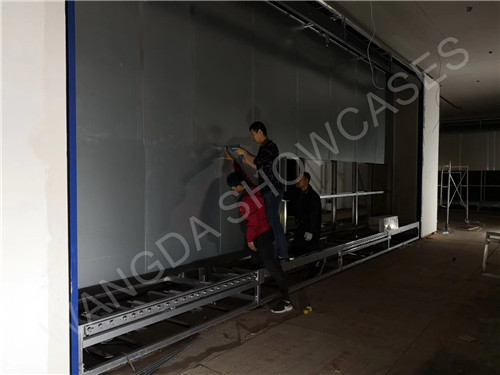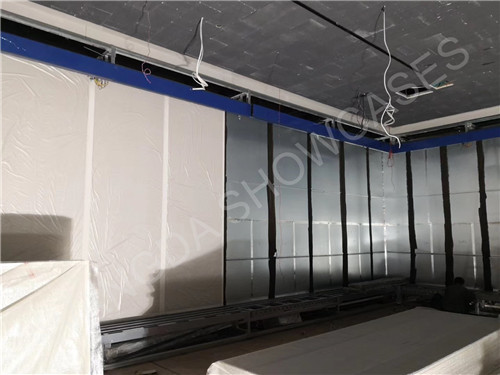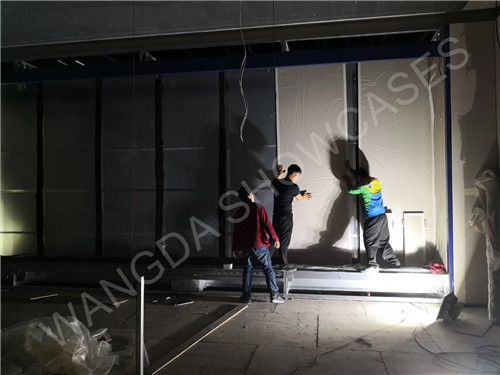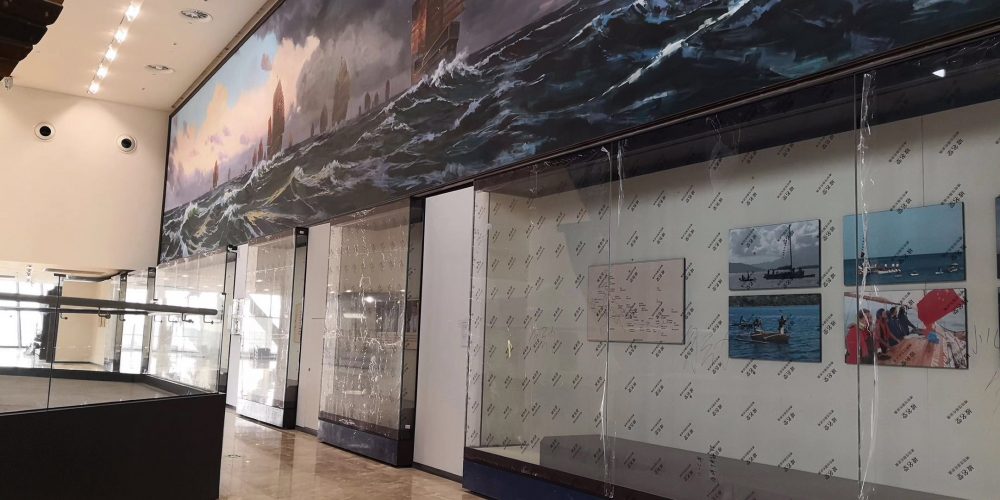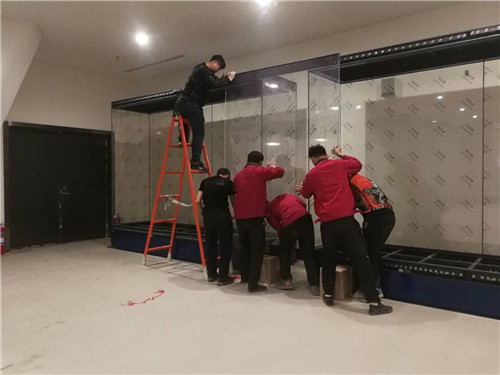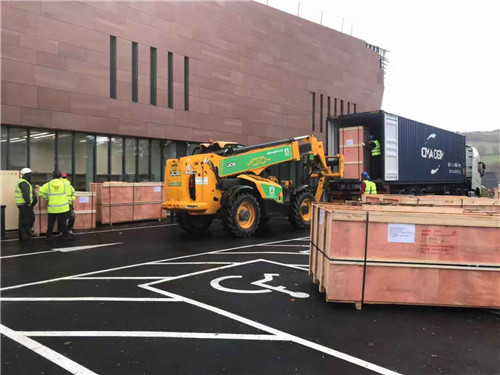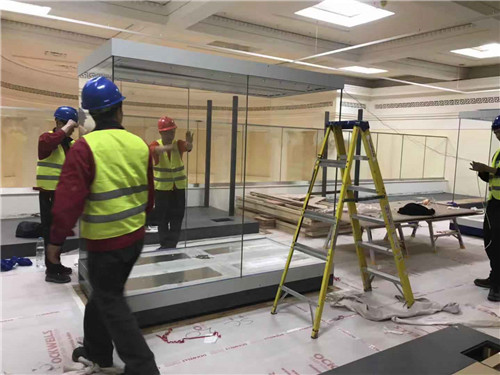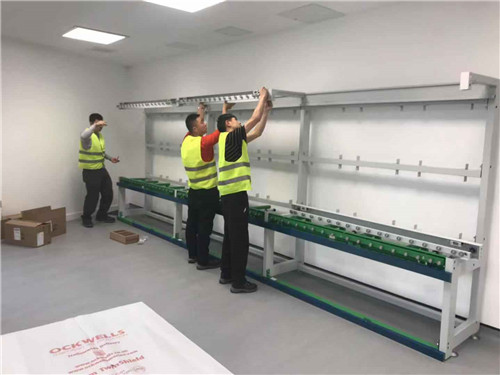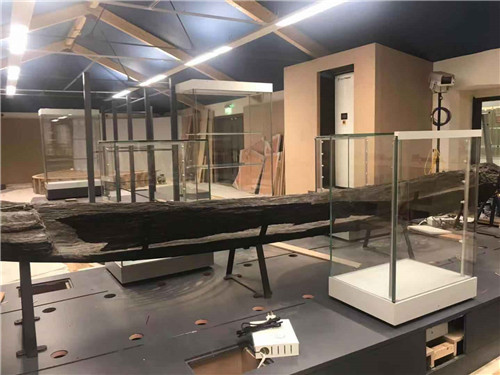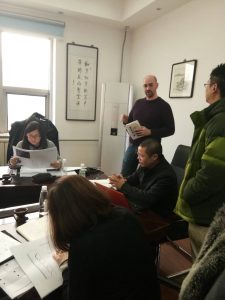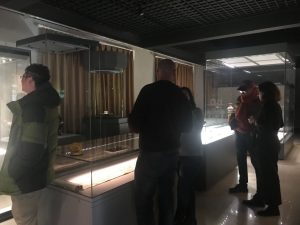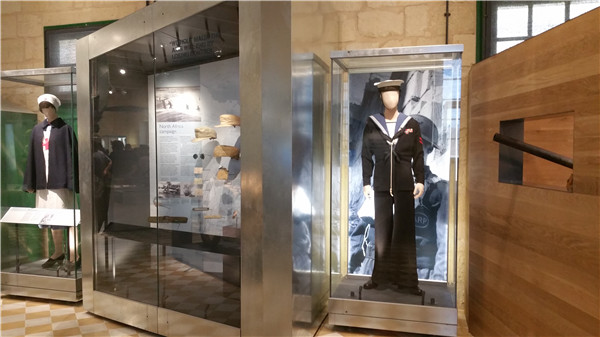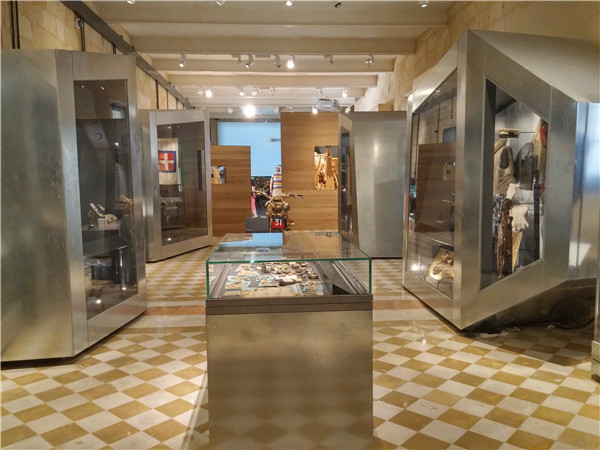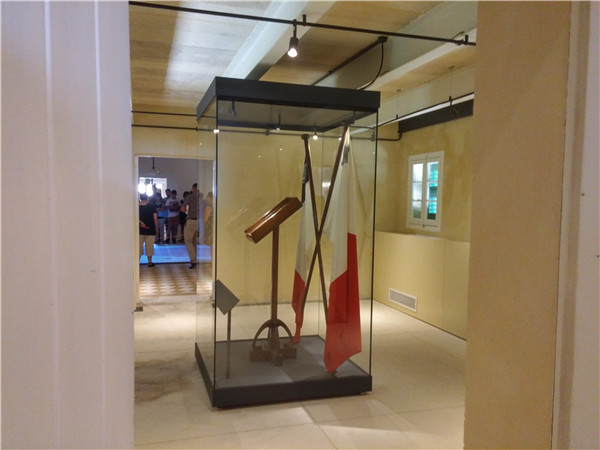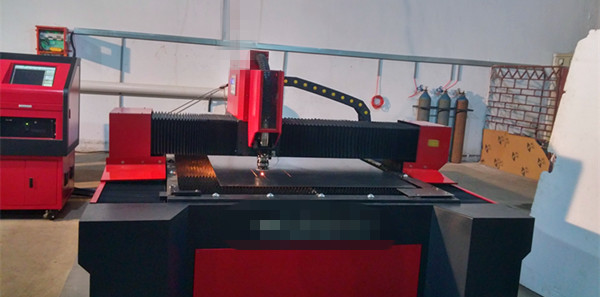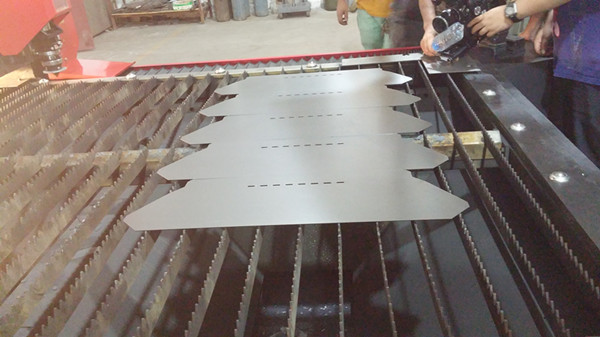WANGDA SHOWCASES won museum display cases project for Diaoyutai State Guesthouse,to design,supply and install all the highest-standard museum grade display cases|museum showcases|museum display cabinets|vitrines for such a high-standard state guesthouse in China to host grand reception for state leaders from foreign countries.Here the state leaders of P.R.China already received and had the official meeting with over 1300 foreign state leaders,such as Russian President Vladimir Putin,Prime Minister Theresa May,German chancellor Angela Merkel,President Emmanuel Macron of France,Italian Prime Minister Giuseppe Conte,US President Barack Obama and so on.
The guesthouse is located in Beijing’s Haidian District, to the west of Sanlihe Road and to the east of Yuyuantan Park.Ancient Diaoyutai (literal translation: Fishing Pavilion) royal retreat, one of the famous historic gardens in the western suburbs of Beijing, is named after Emperor Zhangzong (1168 AD-1208 AD) of the Jin Dynasty built a pavilion for fishing here some 800 years ago.
Consisting of a number of buildings,houses and gardens, the Diaoyutai State Guesthouse (simplified Chinese: 钓鱼台国宾馆; traditional Chinese: 釣魚台國賓館; pinyin: Diàoyútái Guó Bīnguǎn) is a historic hotel and guesthouse complex in Beijing, China. The hotel complex is mentioned as one of the Ten Great Buildings, a list of landmarks constructed in 1959 for the 10th anniversary of the People’s Republic of China.Now Diaoyutai State Guesthouse already becomes the first place for state leaders of P.R.China to hold important foreign affair activities and to have the highest level reception to welcome state leaders from other countries.
